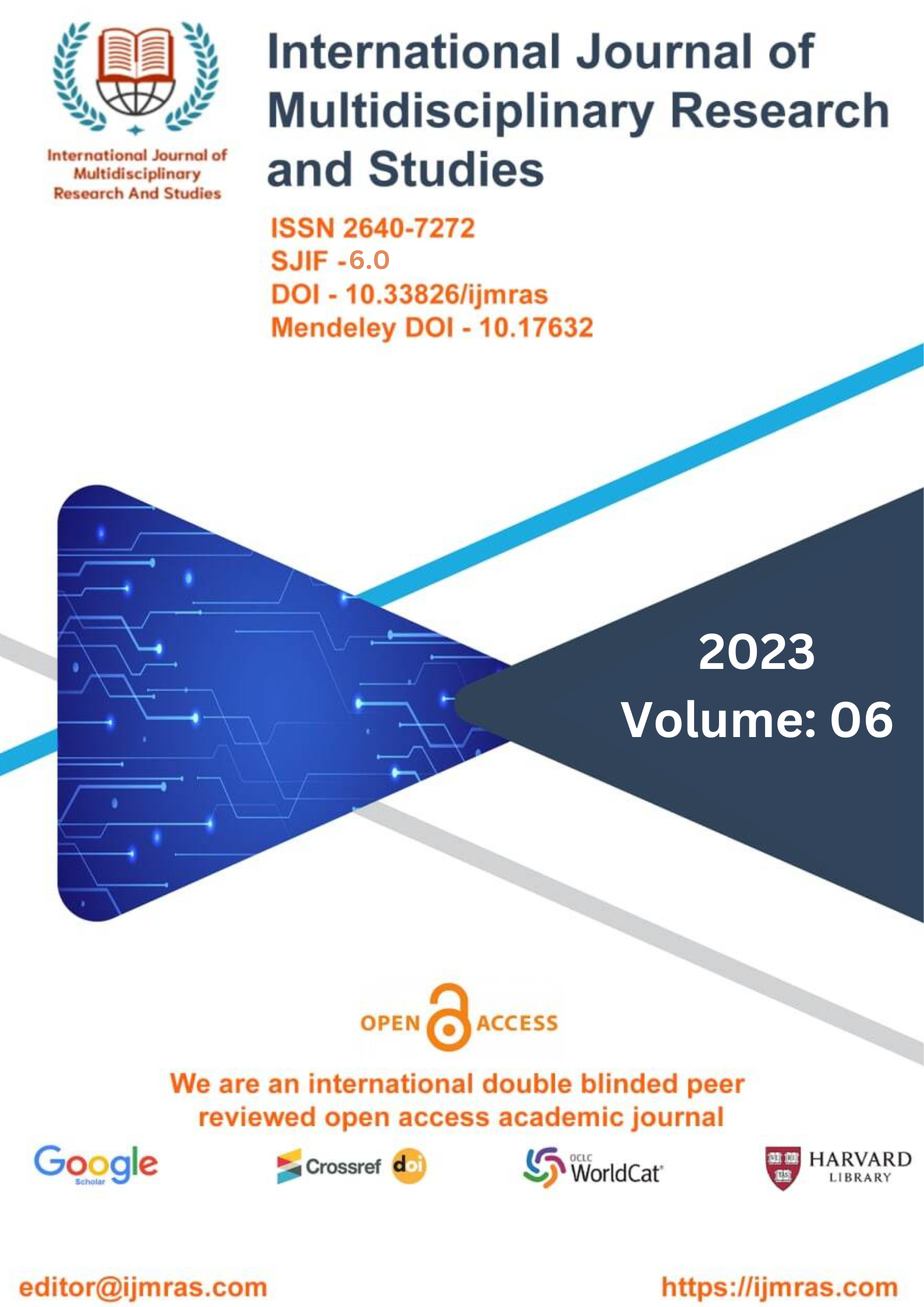Study on concrete with granite powder replacement with cement, analysis compressive strength

Abstract
In the world of building, concrete is the material that holds the most weight. A sufficient quantity of synthetic materials, gravel, and water are required in order to produce it. The word "concrete" originates from the Latin word "concrete," which meaning "together it evolves." Cement, first class admixtures, and coarse admixtures are the three primary components that make up concrete. The science of determining relative quantities of concrete elements is known as concrete mix design. The goal of this science is to attain the desired qualities in the most cost-effective manner possible. Concrete is currently the second most important material in use around the globe, and the majority of businesses are looking for ways to produce more cost-effective concrete by switching from using cement to using cementation materials. The building industry makes extensive use of concrete, making it the single most significant material in this sector. As a result of urbanization, the amount of cement that is used in the building sector is continuously increasing.
Keywords
Grant Waste, Strength and DurabilityHow to Cite
References
Akbulut, H., Cahit, G., 2007. Use of aggregates produced from marble quarry waste in asphalt pavements. Build. Environ. 42, 1921–1930.
Binici, H., 2007. Effect of crushed ceramic and basaltic pumice as fine aggregates on concrete mortars properties. Constr. Build. Mater. 21, 1191–1197.
Binici, H., Kaplan, H., Yılmaz, S., 2007. Influence of marble and limestone dusts as additives on some mechanical properties of concrete. Sci. Res. Essay 9, 372–379.
Cetin, A., 1997. Assessment of industrial wastes in asphalt concrete pavement mixtures. M.Sc. Thesis. Department of Civil Engineering, Natural Science Institute, Anadolu University, Eskisehir, p. 266 (in Turkish).
Chindaprasirt, P., Chotithanorm, C., Cao, H.T., Sirivivatnanon, V., 2007. Influence of fly ash fineness on the chloride penetration of concrete. Constr. Build. Mater. 21, 356–361.
Jepsen, M.T., Mathiesen, D., Petersen, C., Bager, D., 2001.
Durability of resource saving “Green” type of concrete. In: Proceedings of the FIB-Symposium on Concrete and Environment, Berlin, pp. 257–265.
Meck, E., Sirivivatnanon, V., 2003. Field indicator of chloride penetration depth. Cem. Concr. Res. 33, 1113–1117.
OECD, 1997. Road Transport Research: Recycling Strategies for Road Works. Organization for Economic Co-operation and Development (OECD), Paris, France, pp. 140–148.
Otsuki, N., Nagataki, S., Nakashita, K., 1993. Evaluation of AgNO3 solution spray method for measurement of chloride penetration into hardened cementitious matrix materials. Constr. Build. Mater. 7, 195–201.
Saboya, F., Xavier, G.C., Alexandre, J., 2007. The use of the powder marble by-product to enhance the properties of brick ceramic. Constr. Build. Mater. 21, 1950–1960.
Senthamarai, R.M., Devadas, M.P., 2005. Concrete with ceramic waste aggregate. Cem. Concr. Compos. 27, 910–913.
License
Copyright (c) 2023 RAJA SHAKYA

This work is licensed under a Creative Commons Attribution 4.0 International License.
Individual articles are published Open Access under the Creative Commons Licence: CC-BY 4.0.



